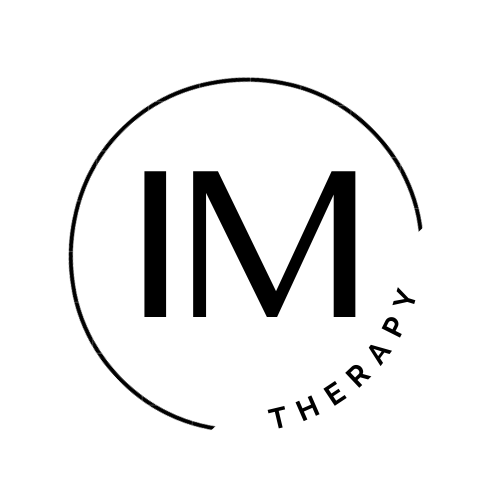Those who have interacted with patients with aphasia are aware that there are different types of aphasia. Some patients have significant difficulty with understanding others’ language, some experience difficulty with expressing themselves with words, while others experience trouble with both understanding and producing language. In some instances, the words do not come out, in other instances the words do not come out quickly, or the wrong words are spoken. As anyone that has been misunderstood will tell you this can be tremendously frustrating for the speaker and the listener. AAC can serve as an excellent method of communication for those that have trouble with verbalization.
Although AAC may be implemented with many who have communication disorders, patient-specific exploration of AAC is critical for some patients with aphasia. Low technology AAC is typically the chosen method for those who have just experienced an abrupt change in their method or form of communication. Some patients with aphasia may benefit from low technology AAC for the short term while others may later need a high technology solution for expressing themselves with more precision. SLPs roles encompass identification and incorporation of a clear and reliable communication system to help meet any patient’s needs–this includes AAC.

